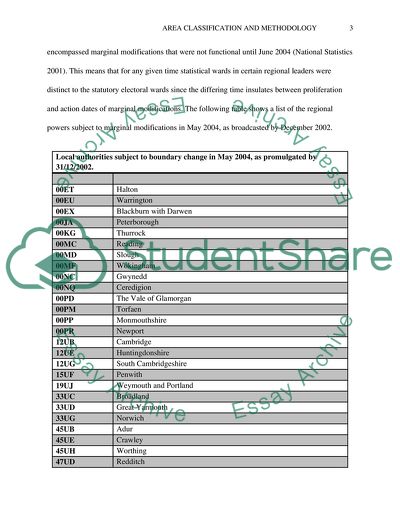Cite this document
(Area lassification and Methodology Essay Example | Topics and Well Written Essays - 1750 words, n.d.)
Area lassification and Methodology Essay Example | Topics and Well Written Essays - 1750 words. https://studentshare.org/geography/1767900-geography-area-classification-and-methodology-second
Area lassification and Methodology Essay Example | Topics and Well Written Essays - 1750 words. https://studentshare.org/geography/1767900-geography-area-classification-and-methodology-second
(Area Lassification and Methodology Essay Example | Topics and Well Written Essays - 1750 Words)
Area Lassification and Methodology Essay Example | Topics and Well Written Essays - 1750 Words. https://studentshare.org/geography/1767900-geography-area-classification-and-methodology-second.
Area Lassification and Methodology Essay Example | Topics and Well Written Essays - 1750 Words. https://studentshare.org/geography/1767900-geography-area-classification-and-methodology-second.
“Area Lassification and Methodology Essay Example | Topics and Well Written Essays - 1750 Words”. https://studentshare.org/geography/1767900-geography-area-classification-and-methodology-second.


